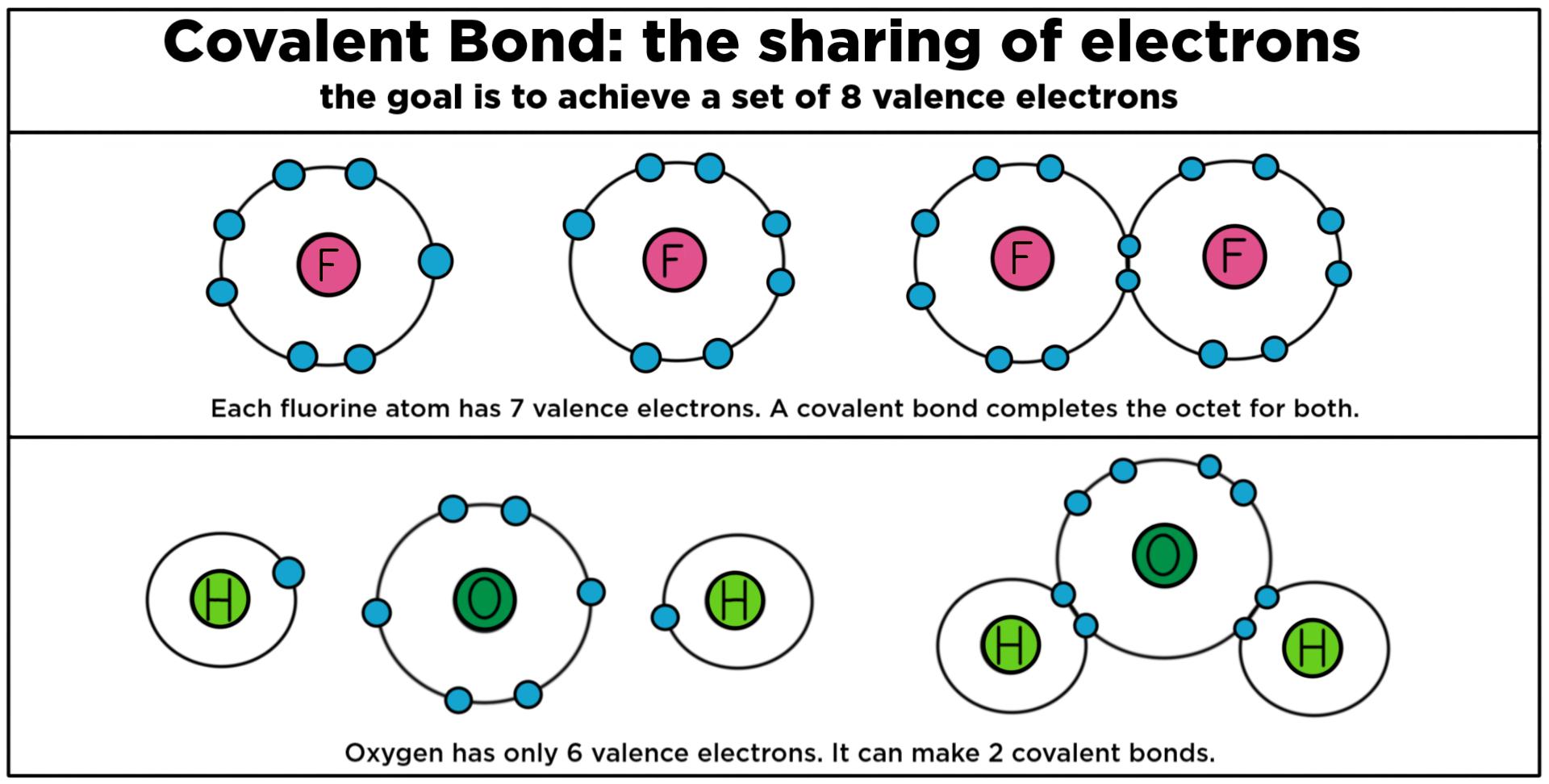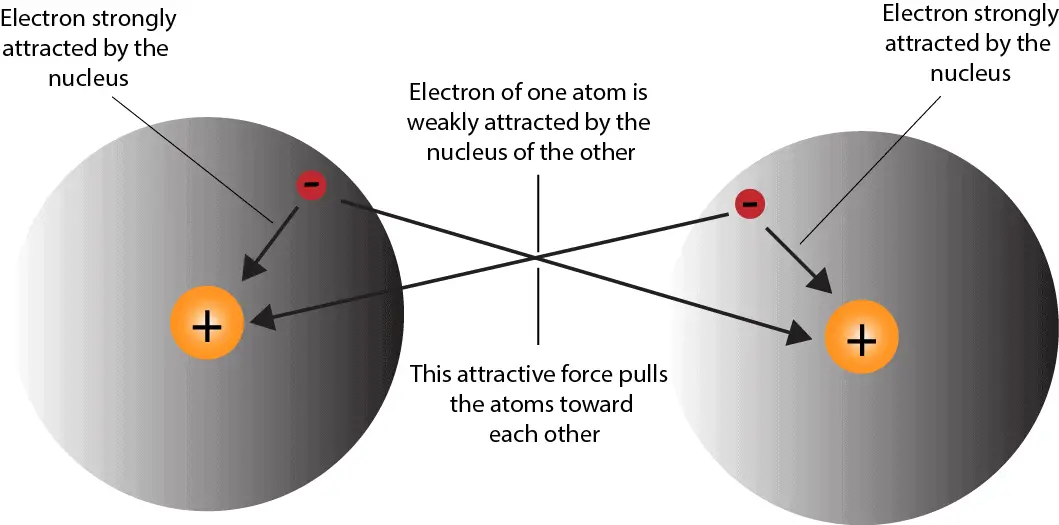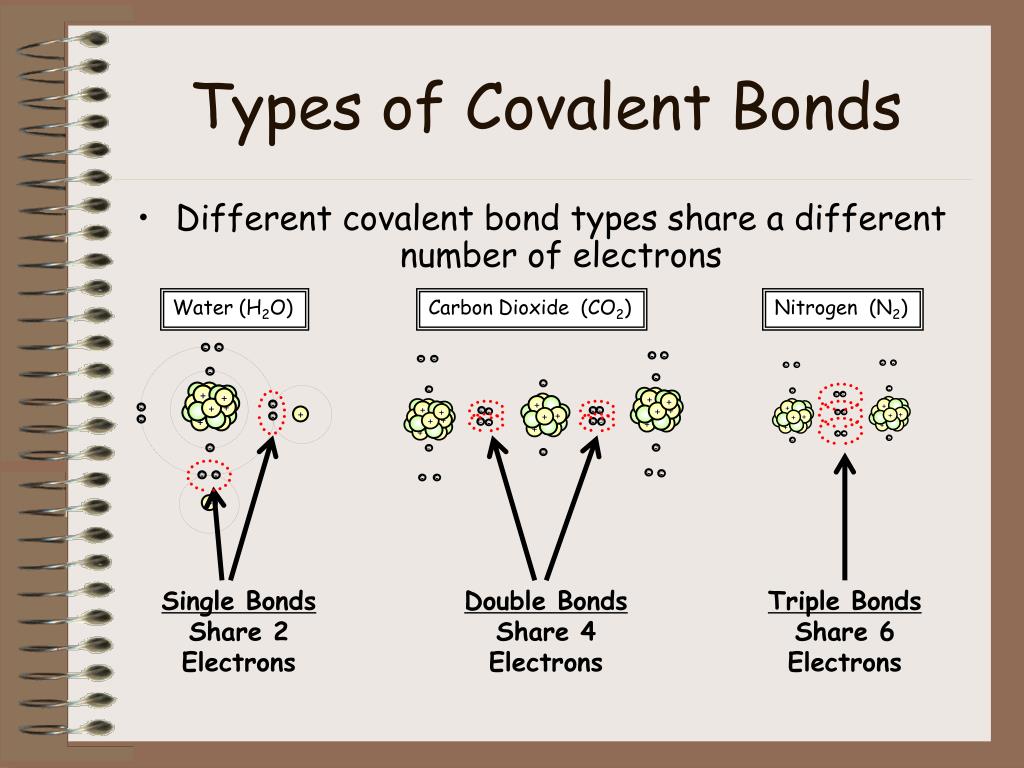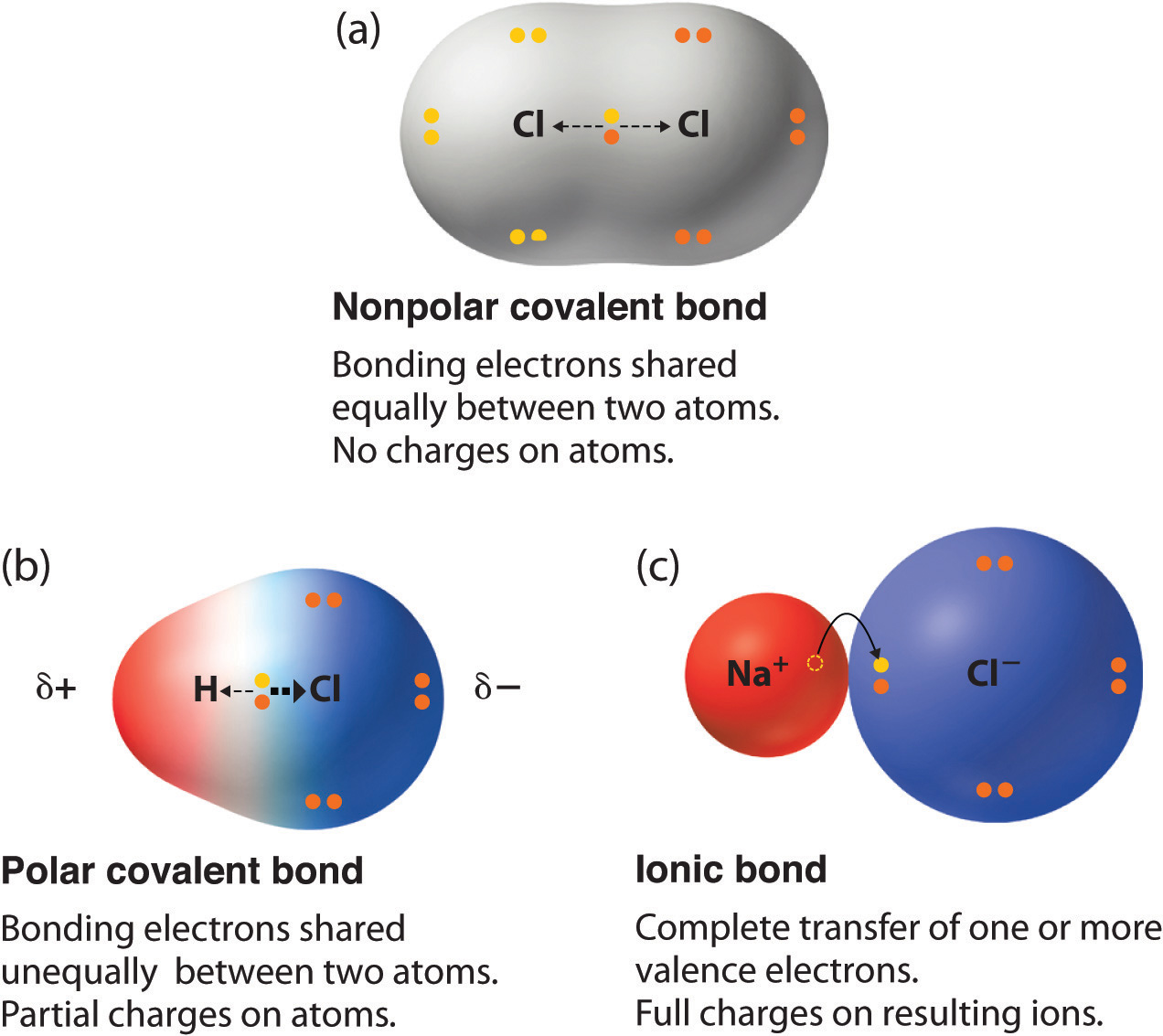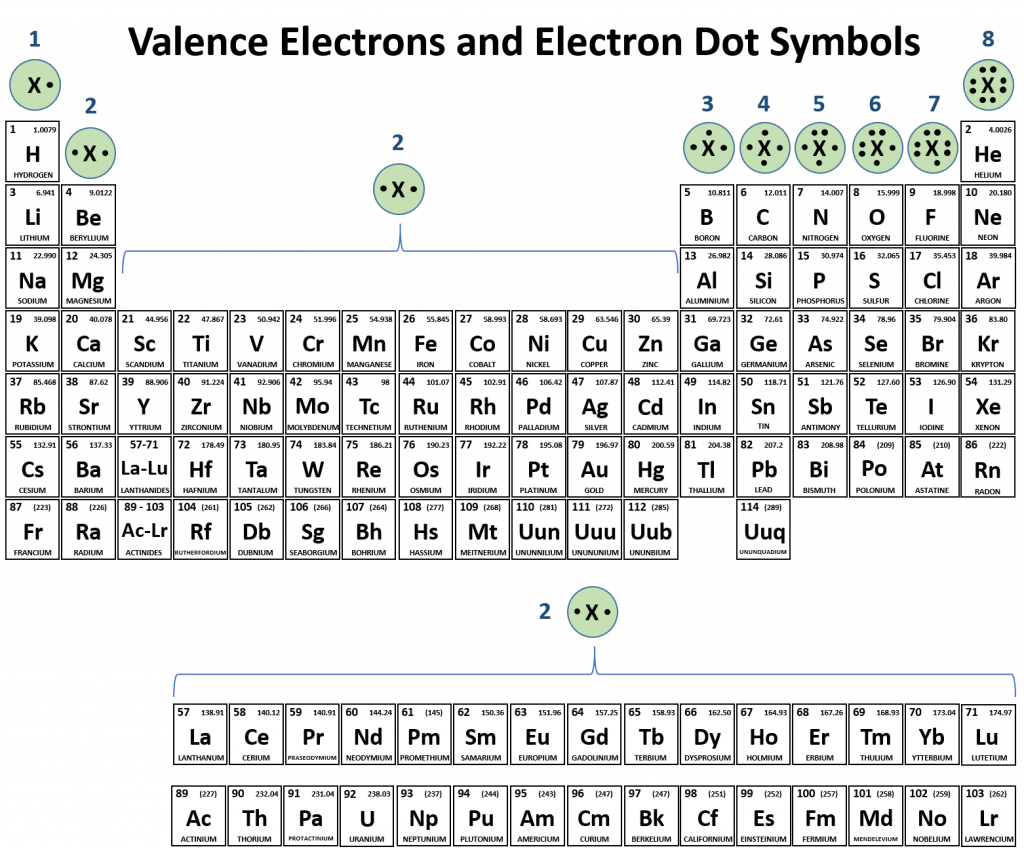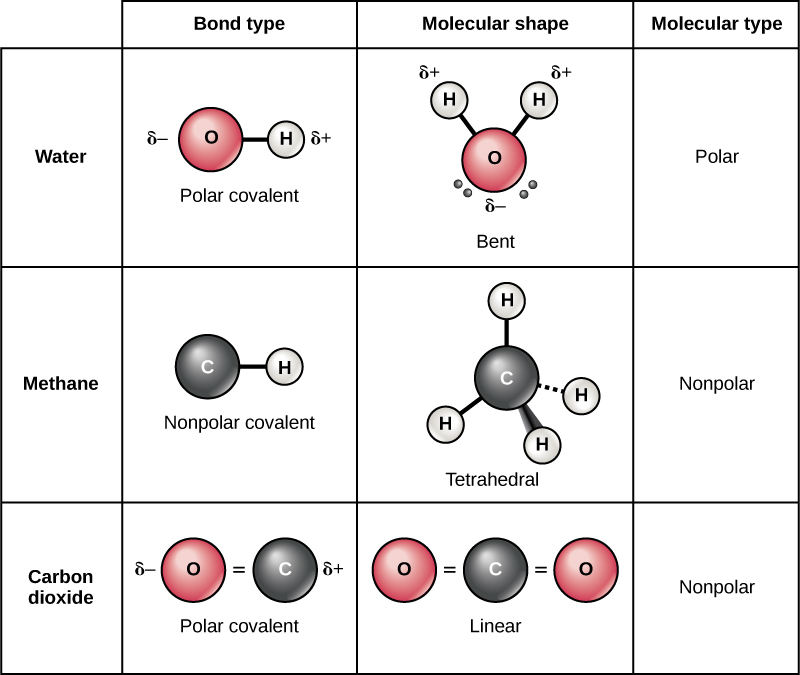Which Two Atoms Would Typically Form A Covalent Bond
Which Two Atoms Would Typically Form A Covalent Bond - Web two different atoms can also share electrons and form covalent bonds. Web a covalent bond is a bond where two or more atoms share electrons. Web atoms can also make chemical bonds by sharing electrons equally between each other. However, the carbon, oxygen, and nitrogen atoms can bond. In this model, covalent bonds are considered to form from the overlap of. Such bonds are called covalent bonds. Web the two atoms can share their unpaired electrons to make a covalent bond: Web what two atoms would typically would form a covalent bond? For example, water, (\(\ce{h2o}\)), has two covalent bonds between a single oxygen atom. When two nonmetal atoms bond, they.
The classification of covalent bonds is done in three ways, depending on the no. For example, water, (\(\ce{h2o}\)), has two covalent bonds between a single oxygen atom. Web covalent bonds take place between nonmetal elements in the periodic table such as carbon, hydrogen, oxygen, and nitrogen. Web a covalent bond is a bond where two or more atoms share electrons. When two nonmetal atoms bond, they. Web the two atoms can share their unpaired electrons to make a covalent bond: Web oxygen and other atoms in group 6a (16) obtain an octet by forming two covalent bonds. 2 nonmetals would form a covalent bond. Web the hydrogen atom and the halogen atoms form only one covalent bond to other atoms in stable neutral compounds. Note that the h atom has a full valence shell with two electrons, while the f atom.
The classification of covalent bonds is done in three ways, depending on the no. Web a covalent bond is a bond where two or more atoms share electrons. Covalent bonds are formed between two. Web types of covalent bonds. Web covalent bonds take place between nonmetal elements in the periodic table such as carbon, hydrogen, oxygen, and nitrogen. Note that the h atom has a full valence shell with two electrons, while the f atom. Fluorine and the other halogens in group 7a (17) have seven valence electrons and can. Such bonds are called covalent bonds. Electron pairs shared between atoms of equal or very similar electronegativity constitute a nonpolar covalent. The sharing of atoms helps complete the outer shell, or valence shell, of both atoms.
Covalent Bonding (Biology) — Definition & Role Expii
However, the carbon, oxygen, and nitrogen atoms can bond. Web oxygen and other atoms in group 6a (16) obtain an octet by forming two covalent bonds. Covalent bonds are formed between two. Fluorine and the other halogens in group 7a (17) have seven valence electrons and can. Note that the h atom has a full valence shell with two electrons,.
How hydrogen atoms share valence electrons to form covalent bond and
Web the two atoms can share their unpaired electrons to make a covalent bond: Web a covalent bond forming h 2 (right) where two hydrogen atoms share the two electrons. 2 nonmetals would form a covalent bond. Fluorine and the other halogens in group 7a (17) have seven valence electrons and can. For example, water, (\(\ce{h2o}\)), has two covalent bonds.
PPT Notes 53 Covalent Bonds PowerPoint Presentation, free download
Web oxygen and other atoms in group 6a (16) obtain an octet by forming two covalent bonds. The sharing of atoms helps complete the outer shell, or valence shell, of both atoms. However, the carbon, oxygen, and nitrogen atoms can bond. Web covalent bonds involve the sharing of electron pairs between atoms. Electron pairs shared between atoms of equal or.
Chapter 5.6 Properties of Polar Covalent Bonds Chemistry LibreTexts
Web atoms can also make chemical bonds by sharing electrons equally between each other. Note that the h atom has a full valence shell with two electrons, while the f atom. The number of bonds an element forms in a covalent compound is determined by the number. Web the two atoms can share their unpaired electrons to make a covalent.
IGCSE Chemistry 2017 1.44 Know that a Covalent Bond is Formed Between
Web covalent bonds involve the sharing of electron pairs between atoms. Covalent bonds are formed between two. Web oxygen and other atoms in group 6a (16) obtain an octet by forming two covalent bonds. Web valence bond theory is most often used to describe bonding in organic molecules. Web what two atoms would typically would form a covalent bond?
How hydrogen atoms share valence electrons to form covalent bond and
Web two different atoms can also share electrons and form covalent bonds. Web oxygen and other atoms in group 6a (16) obtain an octet by forming two covalent bonds. Web valence bond theory is most often used to describe bonding in organic molecules. The number of bonds an element forms in a covalent compound is determined by the number. Web.
Which Pair Of Atoms Forms The Most Polar Bond
Web types of covalent bonds. When two nonmetal atoms bond, they. Web two different atoms can also share electrons and form covalent bonds. In this model, covalent bonds are considered to form from the overlap of. Web oxygen and other atoms in group 6a (16) obtain an octet by forming two covalent bonds.
CH150 Chapter 4 Covalent Bonds and Molecular Compounds Chemistry
Note that the h atom has a full valence shell with two electrons, while the f atom. 2 nonmetals would form a covalent bond. Web the hydrogen atom and the halogen atoms form only one covalent bond to other atoms in stable neutral compounds. Web a covalent bond is formed between two atoms by sharing electrons. The sharing of atoms.
CH150 Chapter 4 Covalent Bonds and Molecular Compounds Chemistry
Fluorine and the other halogens in group 7a (17) have seven valence electrons and can. The sharing of atoms helps complete the outer shell, or valence shell, of both atoms. 2 nonmetals would form a covalent bond. Web the hydrogen atom and the halogen atoms form only one covalent bond to other atoms in stable neutral compounds. The number of.
Atoms, Isotopes, Ions, and Molecules The Building Blocks · Biology
Electron pairs shared between atoms of equal or very similar electronegativity constitute a nonpolar covalent. Web a covalent bond forming h 2 (right) where two hydrogen atoms share the two electrons. For example, water, (\(\ce{h2o}\)), has two covalent bonds between a single oxygen atom. Fluorine and the other halogens in group 7a (17) have seven valence electrons and can. However,.
Web Valence Bond Theory Is Most Often Used To Describe Bonding In Organic Molecules.
Web the hydrogen atom and the halogen atoms form only one covalent bond to other atoms in stable neutral compounds. Web covalent bonds take place between nonmetal elements in the periodic table such as carbon, hydrogen, oxygen, and nitrogen. Web oxygen and other atoms in group 6a (16) obtain an octet by forming two covalent bonds. Web a covalent bond is formed between two atoms by sharing electrons.
Electron Pairs Shared Between Atoms Of Equal Or Very Similar Electronegativity Constitute A Nonpolar Covalent.
Web the two atoms can share their unpaired electrons to make a covalent bond: 2 nonmetals would form a covalent bond. Nonmetals are on the right side of the periodic table. Web a covalent bond is a bond where two or more atoms share electrons.
For Example, Water, (\(\Ce{H2O}\)), Has Two Covalent Bonds Between A Single Oxygen Atom.
Web covalent bonds involve the sharing of electron pairs between atoms. Web types of covalent bonds. In this model, covalent bonds are considered to form from the overlap of. Covalent bonds are formed between two.
Web Two Different Atoms Can Also Share Electrons And Form Covalent Bonds.
Web atoms can also make chemical bonds by sharing electrons equally between each other. The sharing of atoms helps complete the outer shell, or valence shell, of both atoms. Web what two atoms would typically would form a covalent bond? Such bonds are called covalent bonds.
